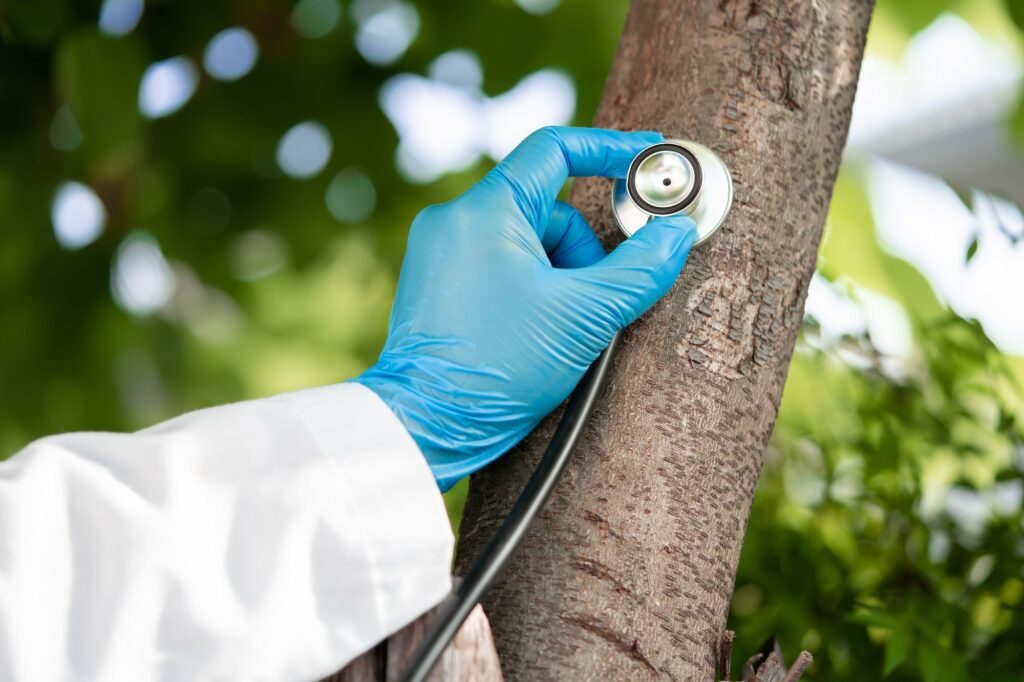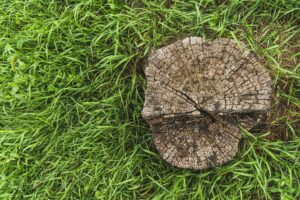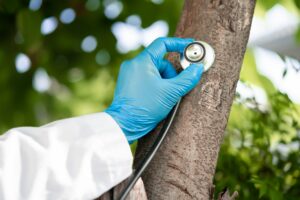Trees are invaluable assets to our properties and the environment, providing shade, beauty, and even increasing property value. They serve as natural air purifiers, help with storm water management, and create habitat for birds and wildlife. However, like any living organism, trees require proper care and attention to thrive and remain safe. Neglecting tree maintenance can result in potential hazards, costly property damage, and even the loss of the tree itself. This is where regular tree inspections come into play.
A comprehensive tree inspection can help you assess the health and structural integrity of your trees, identify potential hazards, and create a proactive maintenance plan to avoid costly consequences. In this blog post, we will delve deeper into the importance of tree inspections and how they can help you safeguard your property, maintain the well-being of your trees, and contribute to a healthier environment.
We will discuss the various reasons why tree inspections are essential, the steps involved in
conducting a thorough inspection, and when it’s necessary to call a professional arborist for
expert guidance. By understanding the significance of regular tree inspections and
implementing them into your property maintenance routine, you can ensure the safety and
beauty of your landscape while promoting the health and longevity of your trees.
The Importance of Regular Tree Inspections
Conducting regular tree inspections is essential for several reasons:
- Identify Tree Health Issues Early: Inspecting your trees regularly can help you spot signs of disease, pest infestations, or other issues that could compromise the health of the tree. Early detection and treatment can save a tree from severe damage or even death.
- Prevent Property Damage: Overgrown, diseased, or dead branches can break and fall, causing damage to your home, vehicle, or other structures. Regular inspections allow you to identify and address these issues before they become a more significant problem.
- Enhance Safety: Falling branches or entire trees can pose a risk to the safety of your family, guests, or neighbors. Regula r inspections can help you identify potential hazards and take appropriate action to mitigate the risks.
- Maintain Aesthetic Appeal: Regular inspections and proper tree care can help you maintain the beauty and overall health of your landscape, boosting curb appeal and property value.
Steps for Conducting a Tree Inspection
Follow these steps to conduct a thorough tree inspection:
- Examine the Tree’s Overall Health: Start by looking at the tree as a whole. Are there any dead branches, discoloration, or signs of disease? Check for any visible damage, such as cracks, decay, or fungal growth on the trunk and branches.
- Inspect the Tree Trunk: Look for signs of decay or damage, such as cracks, peeling bark, or oozing sap. These could indicate internal decay or the presence of pests.
- Check the Canopy: Examine the tree’s canopy for dead, dying, or damaged branches. Look for signs of disease or pest infestations, such as discolored or misshapen leaves, and inspect for any crossing or rubbing branches that may cause structural issues.
- Assess the Root System: While the roots may not always be visible, check for signs of root damage, such as exposed roots, soil erosion, or fungal growth at the base of the tree. This could indicate issues with the tree’s stability.
- Look for Potential Hazards: Identify any potential hazards, such as branches overhanging structures or power lines, and assess the overall stability of the tree. Are there any signs of leaning or an uneven canopy that could indicate a risk of falling?
When to Call a Professional Arborist
While homeowners can conduct basic tree inspections, there are several scenarios where it’s
essential to consult a professional arborist to ensure the safety and health of your trees. Here are some situations when it’s best to call a pro:
- Signs of Disease or Pests: If you notice symptoms of disease or pest infestations, such
as discolored leaves, oozing sap, or unusual growths, a professional arborist can accurately diagnose the issue and recommend appropriate treatments. - Structural Concerns: If your tree has large, overhanging branches, cracks, cavities, or
signs of decay in the trunk or branches, an arborist can assess the tree’s structural
integrity and recommend pruning, bracing, or other corrective measures to mitigate the risk of damage or injury. - After Severe Weather: Storms, heavy snow, and high winds can cause significant
damage to trees. Following extreme weather events, it’s crucial to consult an arborist to
evaluate the tree’s health and stability, address any hazards, and perform necessary
cleanup or restoration. - Tree Removal: If you suspect a tree needs to be removed due to disease, damage, or
structural instability, it’s essential to call a professional arborist. They have the necessary skills and equipment to safely and efficiently remove the tree while minimizing the risk to your property. - Planting New Trees: When adding new trees to your property, an arborist can help you
choose the right species for your location, soil type, and climate, as well as provide
guidance on proper planting techniques and ongoing care. - Regular Maintenance: To ensure the long-term health and safety of your trees, it’s a
good idea to schedule periodic consultations with an arborist. They can perform
comprehensive inspections, recommend pruning and other maintenance tasks, and
monitor your trees’ overall health. - Local Regulations: Some communities have tree preservation ordinances or permit
requirements for certain tree care activities. A professional arborist can help you
navigate these regulations and ensure that your tree care practices comply with local
guidelines.
It’s essential to call a professional arborist when faced with complex tree care situations or when you need expert guidance to ensure the health, safety, and longevity of your trees. Their knowledge and experience can help you make informed decisions and maintain a beautiful, thriving landscape.
Conclusion
Regular tree inspections are a critical component of responsible property maintenance and
environmental stewardship. By taking a proactive approach to tree care, you can identify
potential hazards, prevent costly property damage, and maintain the health and beauty of your trees. Tree inspections not only ensure the safety of your property, but they also contribute to the overall well-being of our environment by supporting healthy, thriving trees that provide countless benefits, such as air purification, storm water management, and wildlife habitat.
As a property owner, it’s essential to stay vigilant in your tree care efforts and conduct
inspections at regular intervals or after significant weather events. While basic inspections can be carried out by homeowners, it’s crucial to consult a professional arborist when faced with signs of significant damage, disease, or potential hazards. Certified arborists possess the knowledge, expertise, and equipment necessary to provide expert guidance and
recommendations, ensuring that your trees receive the best possible care.
At Saw Dog Services, our team of experienced arborists is dedicated to providing top-notch tree care services to our clients. If you’re in need of a tree inspection, tree maintenance, or any other tree care services, don’t hesitate to contact us today. By investing time and resources into regular tree inspections and working with Saw Dog Services, you can protect your property, maintain the aesthetic appeal of your landscape, and play a vital role in supporting a healthy and sustainable environment for generations to come. Reach out to us now to schedule a consultation and ensure the safety and well-being of your trees.





